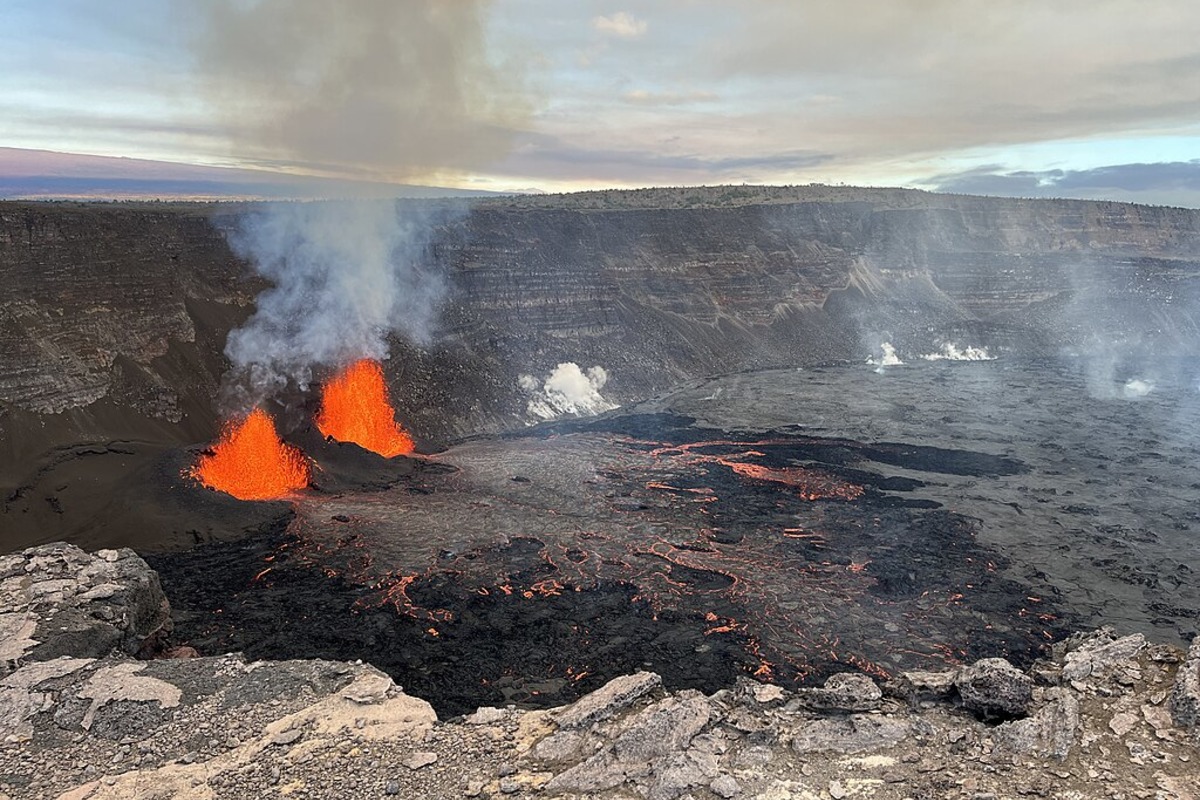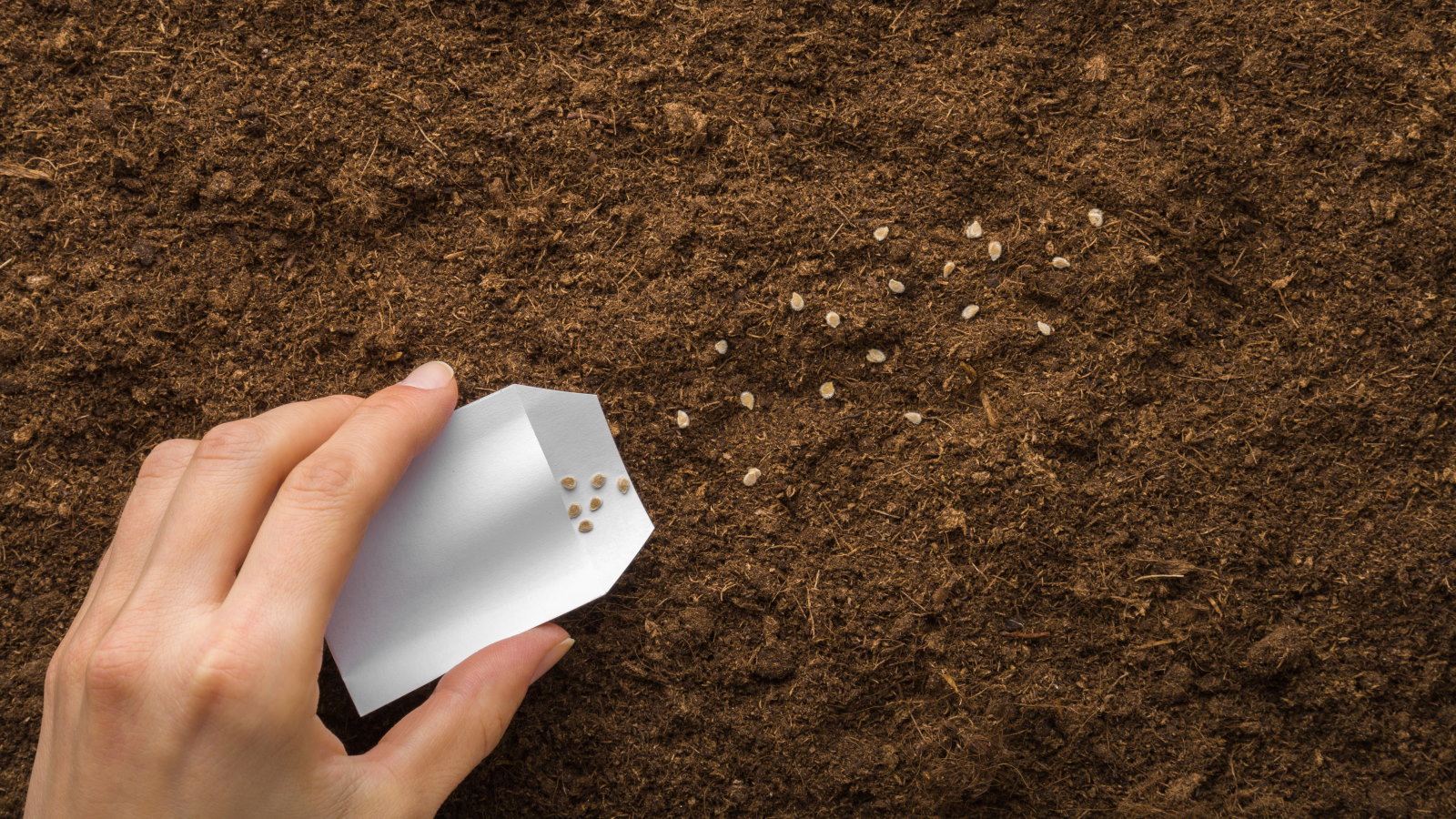
Hawaii's Kilauea volcano is offering scientists and spectators alike a vivid illustration of nature's power as it continues to erupt. Marking its 15th episode since December, the volcano became more vigorous this week, with lava fountains soaring to heights not seen in previous episodes. According to Spectrum Local News, the fountains peaked at around 700 feet on Wednesday, originating from two vents within the Halema‘uma‘u crater.
Hawaii News Now reported that lava fountains reached a staggering 1,000 feet early on Wednesday. The same report mentioned the phenomenon of "gas pistoning," in which over 100 cycles of lava rise and fall have occurred, bringing with it the spectacle of vent overflows and spatter fountains from the north vent.This episode of activity has not only attracted eyes but raised concerns over air quality.

The Hawaiian Volcano Observatory previously recorded sulfur dioxide emissions exceeding 40,000 tonnes per day during the 13th and 14th episodes, leading experts to expect similar figures for this current event. On the ground, the threat extends to the accumulation of volcanic glass, known as Pele’s hair, which could affect nearby areas, including Hawaii Volcanoes National Park.Meteorological forecasts predict that light east, southeasterly winds will see 'vog'—volcanic smog—impact much of the state.
"Voggy skies" are expected to persist, potentially reaching as far as Kauai, and a future wind shift could push it toward the main Hawaiian islands, advised Meteorologist Drew Davis in the Hawaii News Now article. With these predictions, both residents and authorities are on alert for potential health and safety implications amid the natural spectacle. Despite the risks, the USGS provides live webcam feeds of the Halema‘uma‘u crater, allowing people to safely watch Kilauea’s eruption in real-time.
.















